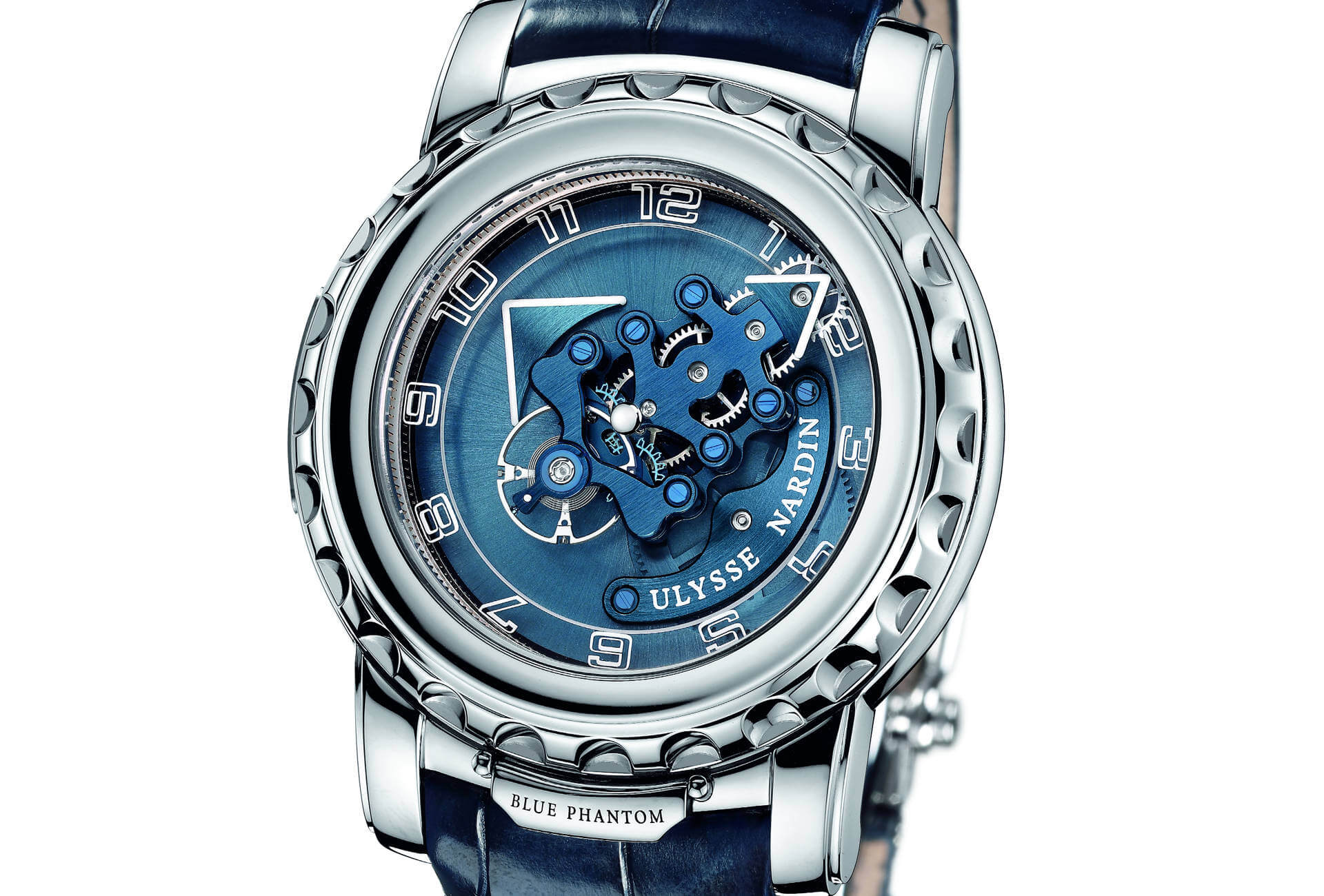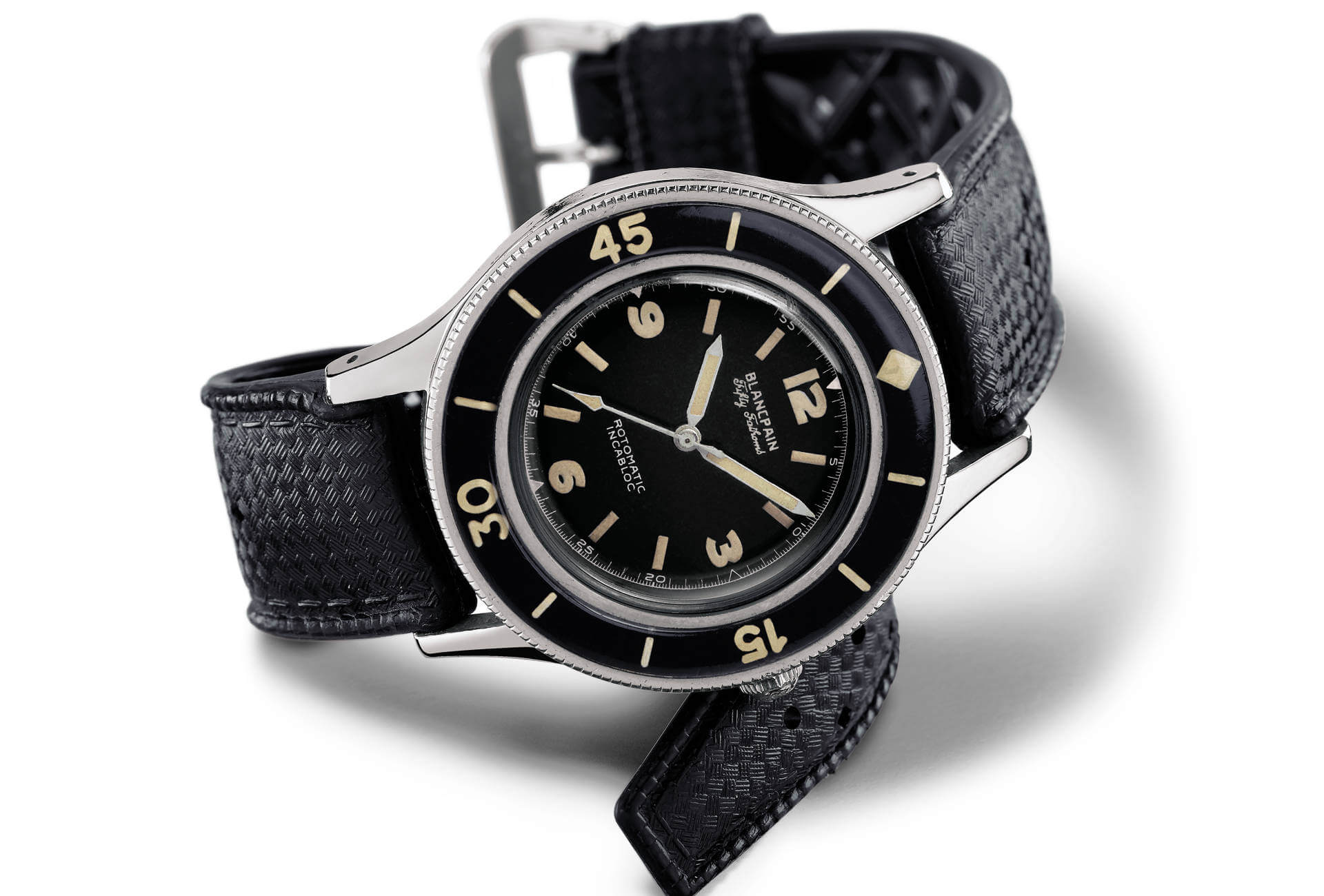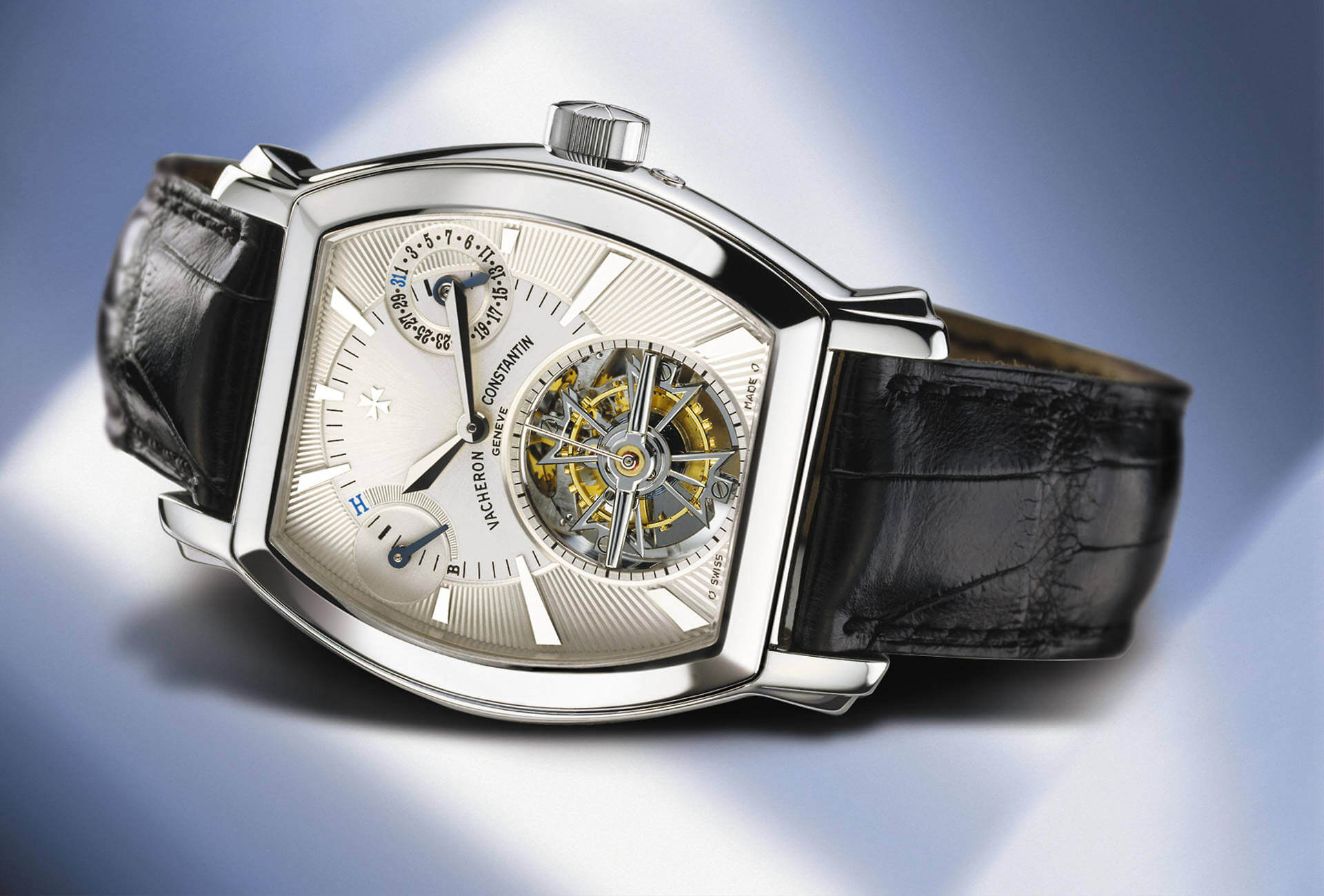Blazing a trail since the 1980s and the end of the quartz crisis, Ulysse Nardin has been instrumental in rethinking the mechanical watch. Under Rolf W. Schnyder, the visionary proprietor who steered its fortunes from 1983 to 2011, and Ludwig Oeshlin, a man of science and director of the Musée International d’Horlogerie in La Chaux-de-Fonds between 2001 and 2014, the brand gained an edge in more than one area. Together they masterminded several developments including the Freak: in Rolf Schnyder’s words, “a fragment of poetry in the world of mechanical watches.”
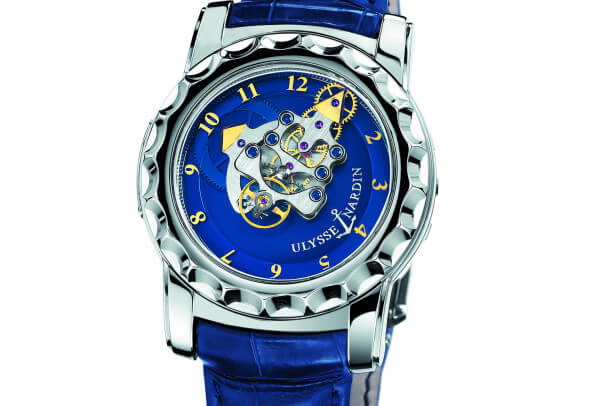
A landmark creation unveiled in 2001, the Freak is an ellipsis among watches, having neither hands, nor dial, nor crown. The time is displayed by the movement itself, contained inside a shell with sapphire front and back. The mainplate doubles as a dial and as an hour hand by rotating once in twelve hours. The minute hand is replaced by an arrow-shaped bridge that rotates once per hour, pointing to numerals on a ring. The main case, which engages with the movement, is repurposed as the crown. Time is set by the upper bezel, which is unlocked by a lever at 6 o’clock, while the long mainspring is wound by rotating a second bezel on the caseback. The Freak is just that: a phenomenon – or a curiosity – in the noble sense of the term. A watch devoid of extravagance that is packed with high-flying technical innovation.
The many faces of Freak
As it turns, the openworked minutes hand/bridge drives most of the movement components with it, including a revolutionary yet disconcertingly simple regulating system that operates without lubricant. Hence the Freak’s long-term reliability and less frequent services. It all began with the dual escapement in silicon. Ulysse Nardin was the first watchmaker to tap into silicon’s remarkable properties and use them at the heart of a watch. It went on to make improvements to the escapement and to the balance-and-spring assembly, exploring the possibilities thrown open by materials such as diamond and, above all, developing new configurations and production methods. In 2007, the InnoVision 1 marked a turning-point with its ten innovations, each representative of Ulysse Nardin’s vision of where mechanical watchmaking should be headed.
The Freak’s unconventional construction has given designers plenty to play with and, like any other watch, it has evolved over time, adopting new styles and additional functions.
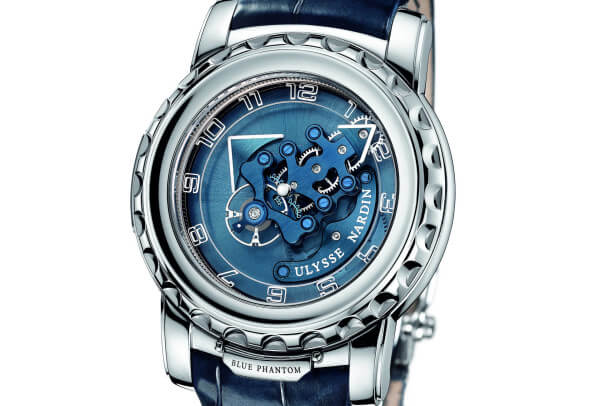
The Freak Blue Phantom (2008) came out head-to-toe in the brand’s signature colour, with a slightly modified design. The movement components were treated by ionic bombardment of a blue titanium alloy.
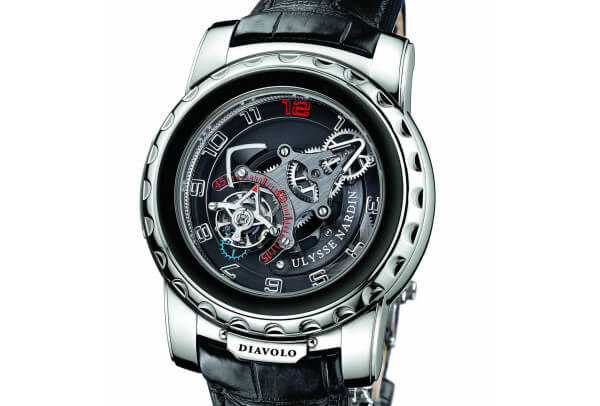
The Freak Diavolo (2010) was the first Freak to display the seconds, thanks to the incorporation of a flying tourbillon whose arrow tip sweeps a semi-circular scale. It takes its name from another additional function: the “devilish” power-reserve indicator of red horn shapes on a black background.
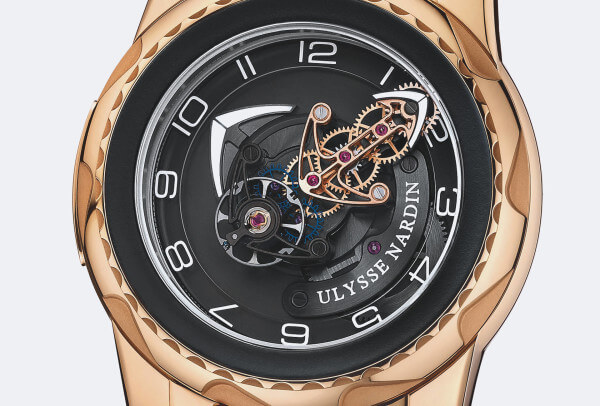
The Freak Cruiser (2013) paid tribute to the maritime world that has forged much of Ulysse Nardin’s identity. Completely redesigned, this Freak’s bridges/hands take their cue from ship’s anchors and sails. The time-setting bezel is fluted to look like waves.
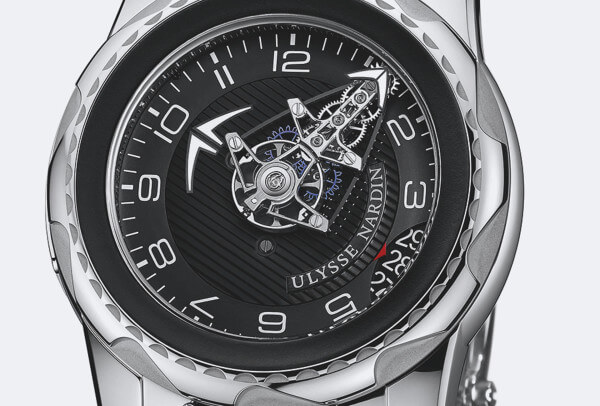
The FreakLab (2015) reprised this maritime mood in a more lightweight structure – a shorter upper bridge with a more compact layout – that makes the hours easier to read. This was also the first Freak with a date display.
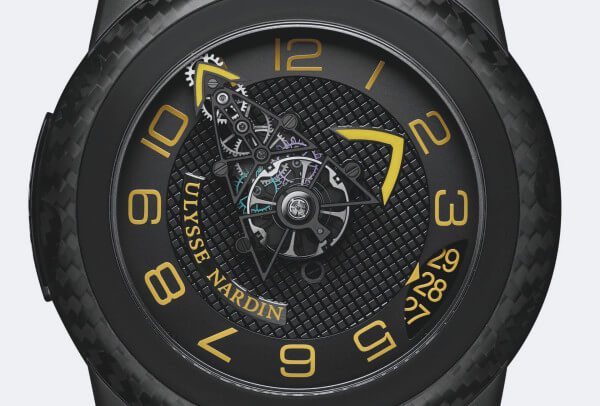
Ulysse Nardin chose what else but the Freak to celebrate its partnership with Artemis Racing, one of the teams competing in the 35th America’s Cup. Based on the FreakLab, the FreakWing (2016) borrows elements from the AC45 catamaran being raced by the Swedish challengers: the upper (minutes) bridge recalls the internal structure of the rigid sail while the texture of the rotating plate (hours) suggests the mesh net of the multihull. The bezel and caseback are forged from carbon fibre, an omnipresent material in competition sailing.
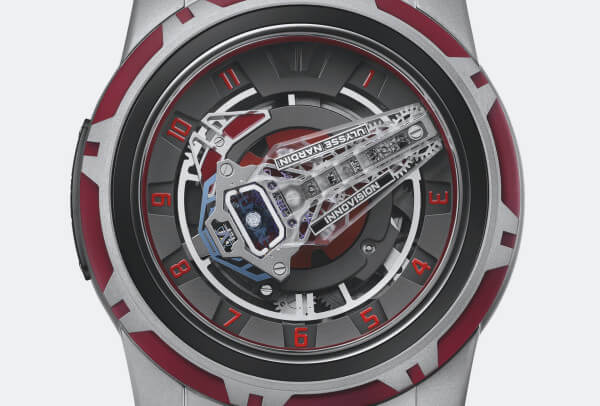
New vision
Alongside these developments, Ulysse Nardin has continued to make inroads in new technology. Ten years after the InnoVision 1, the InnoVision 2 marks another milestone in the Freak’s history. It too captures latest advances in research and development with its ten major innovations, ranging from construction to materials and production technologies. Features include the “Grinder” automatic winding system whose efficiency links back to high-performance yachting, glass components, and an unusual 24-hour display by means of a disc that moves one way then the other to display first 1 to 11 (AM) then 13 to 23 (PM) in apertures. Jumping hours as only the Freak knows how!










